Copyright @ Andrew McIntosh
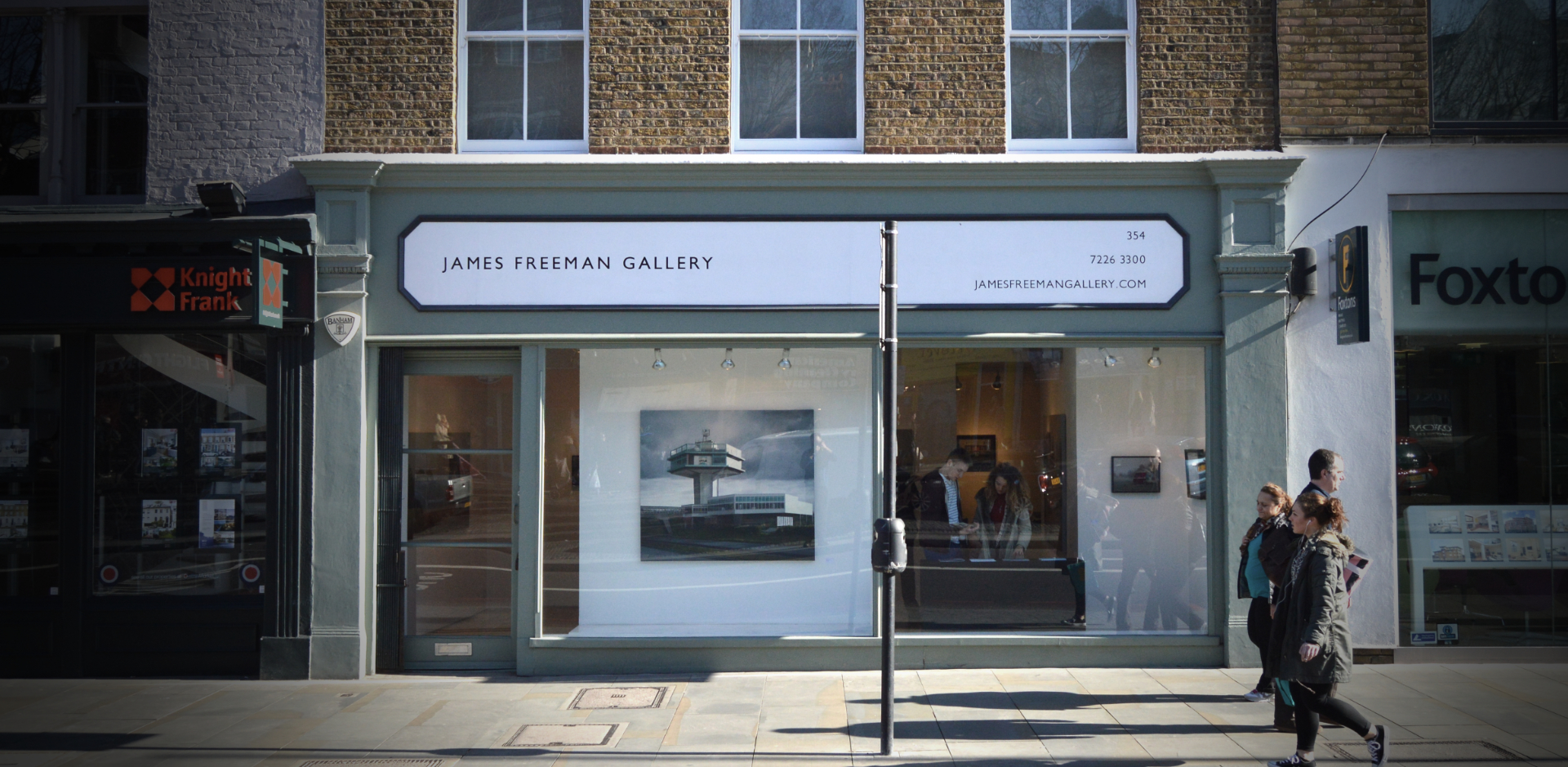
You Were Shit In The 80s
March 2015
Selected Works
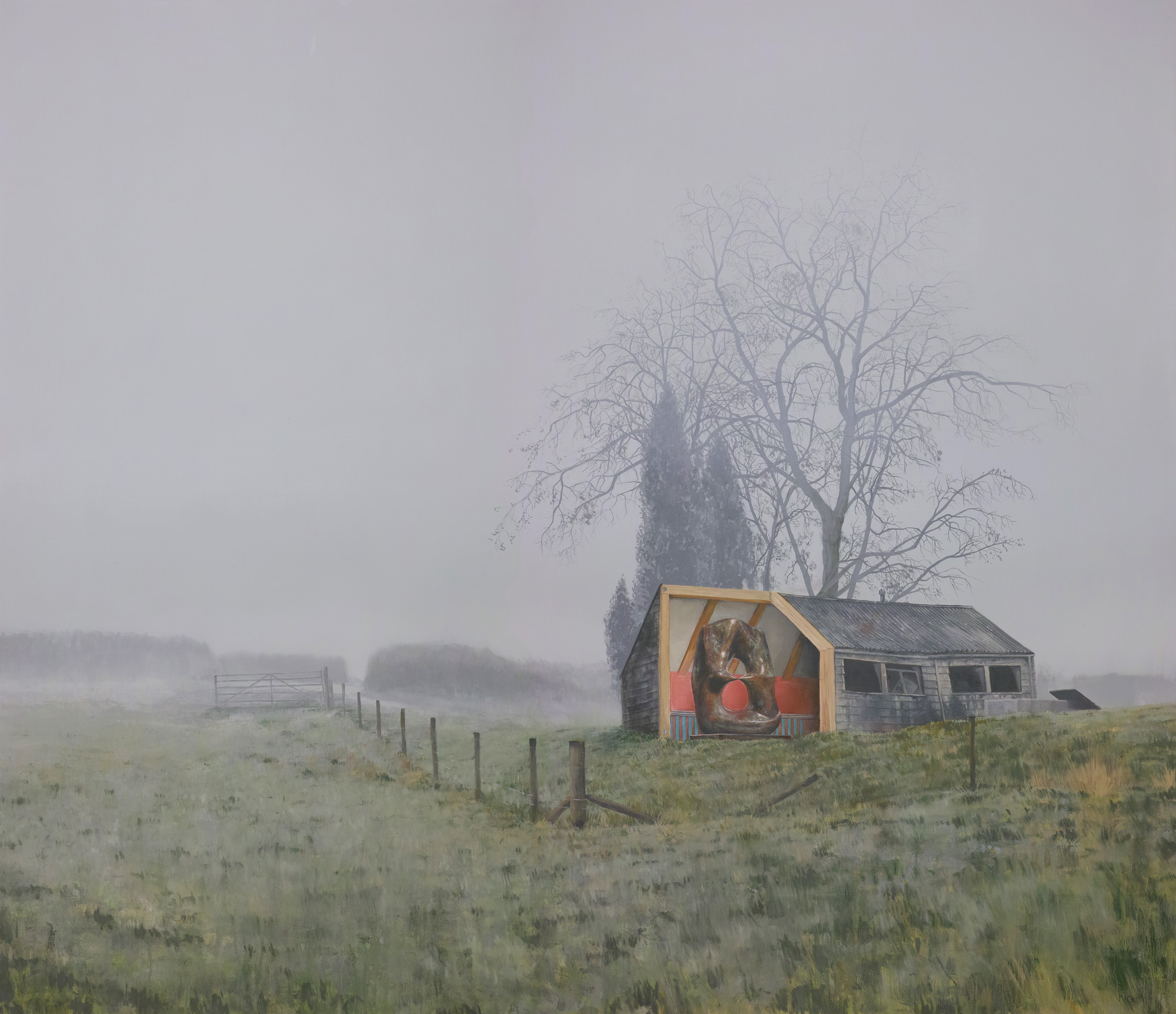
Who Invented The Hole, Part 1: Henry Moore
oil on linen
150x130cm
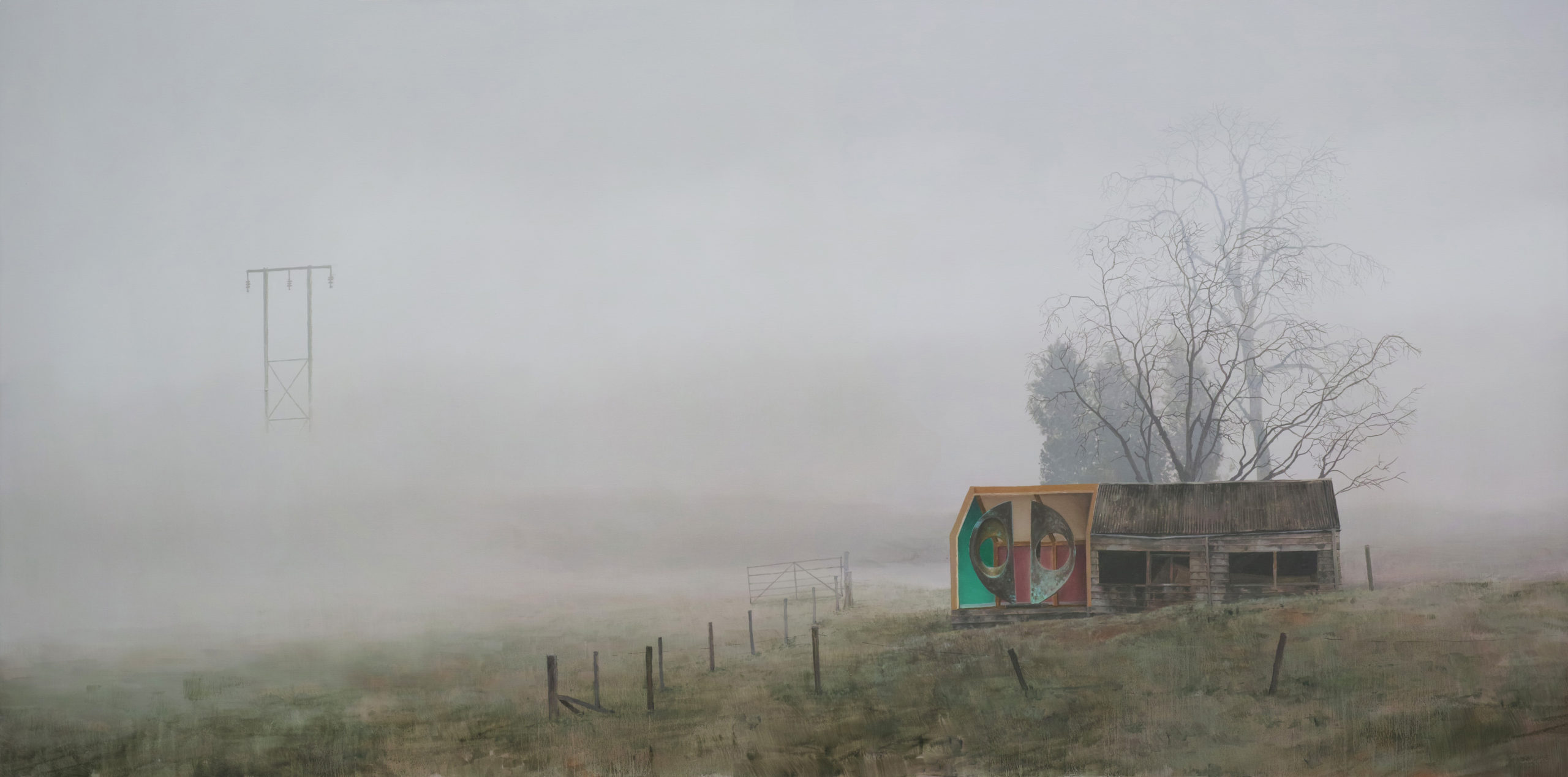
Who Invented The Hole, Part 2: Barbara Hepworth
oil on linen
200x100cm
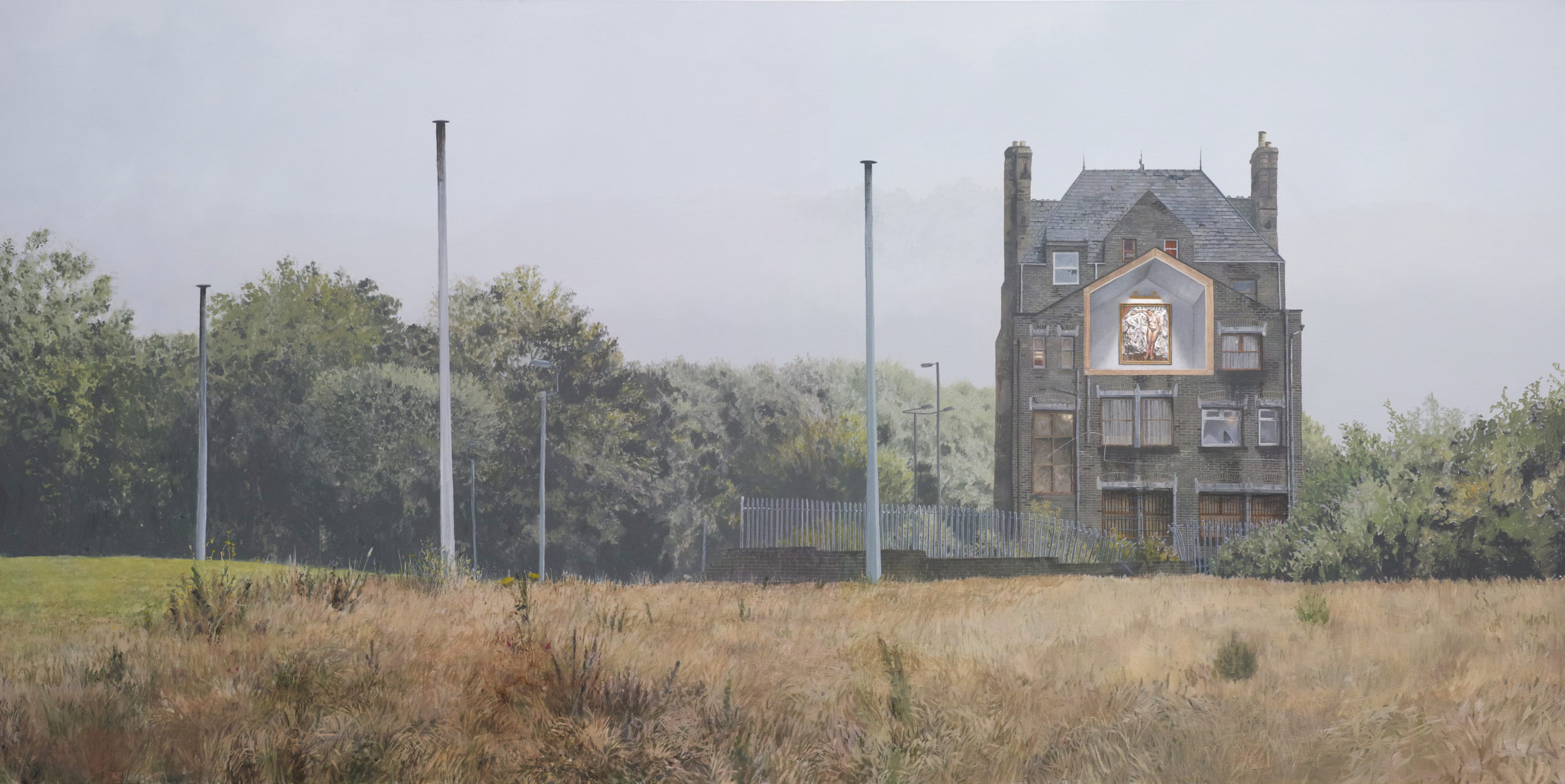
You Were Shit In The 80s, Part 1: Lucien Freud
oil on linen
200x100cm
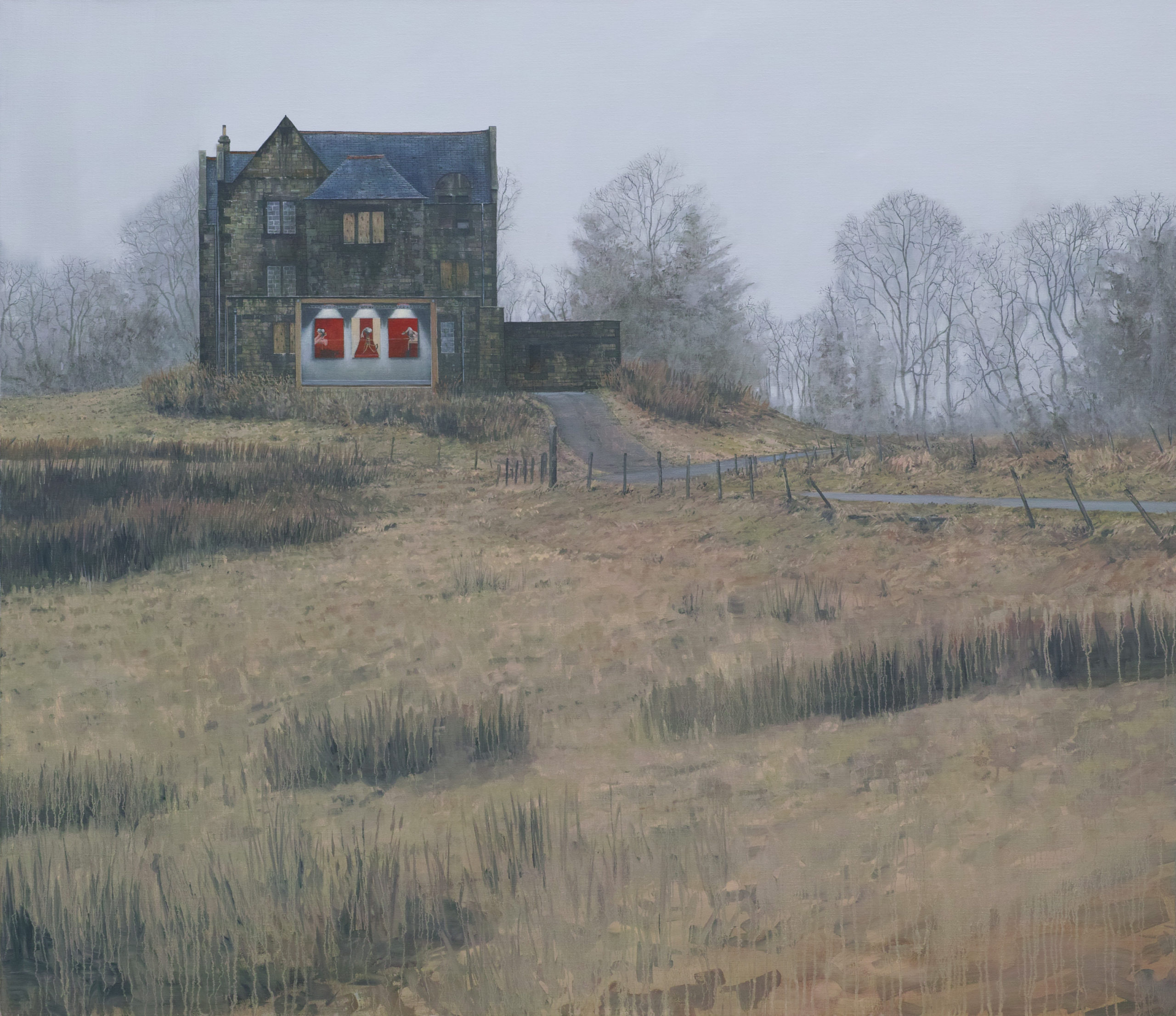
You Were Shit In The 80s, Part 2: Francis Bacon
oil on linen
150x130cm
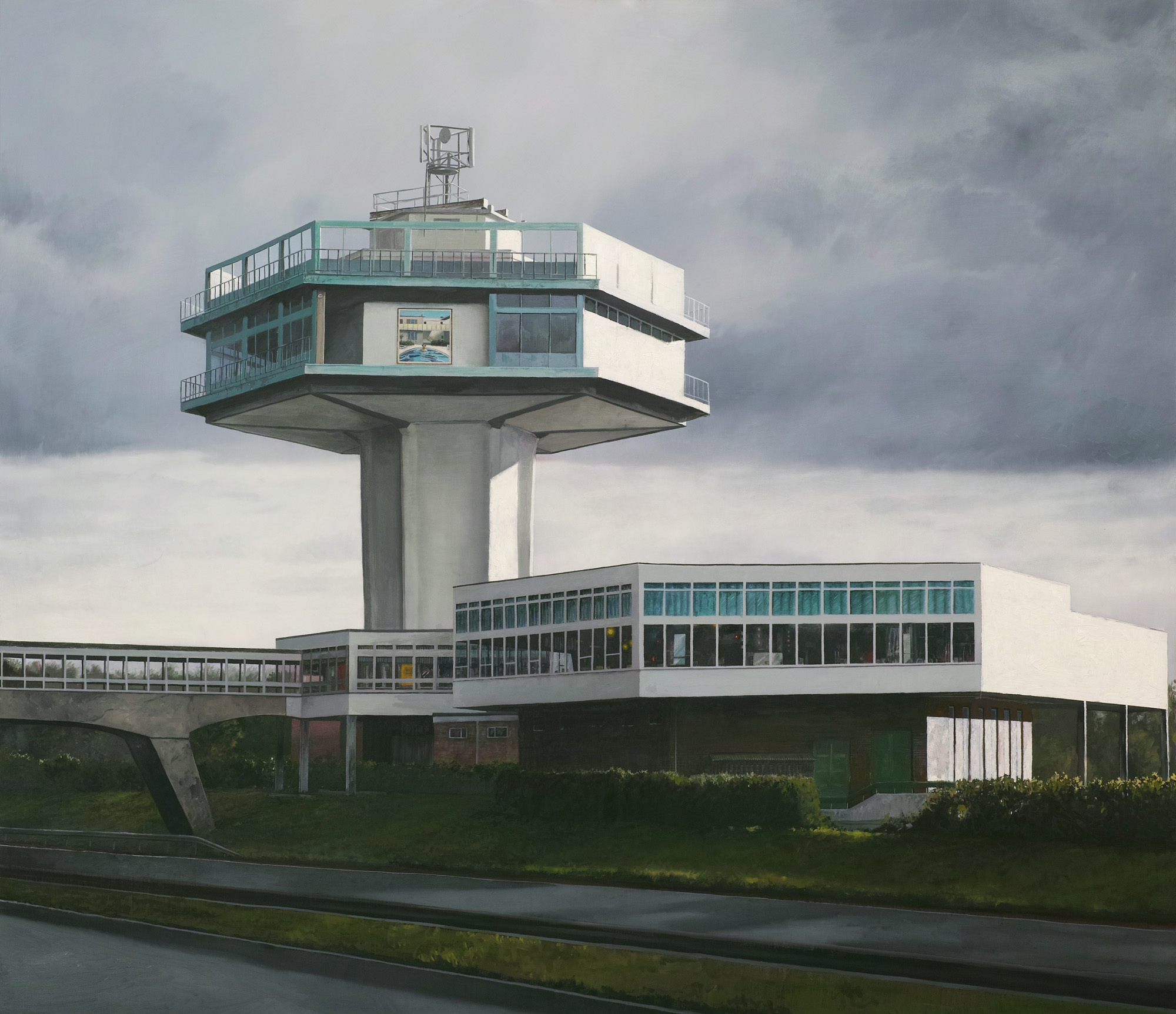
All By My Own Hand, Part 1: David Hockney
oil on linen
150x130cm
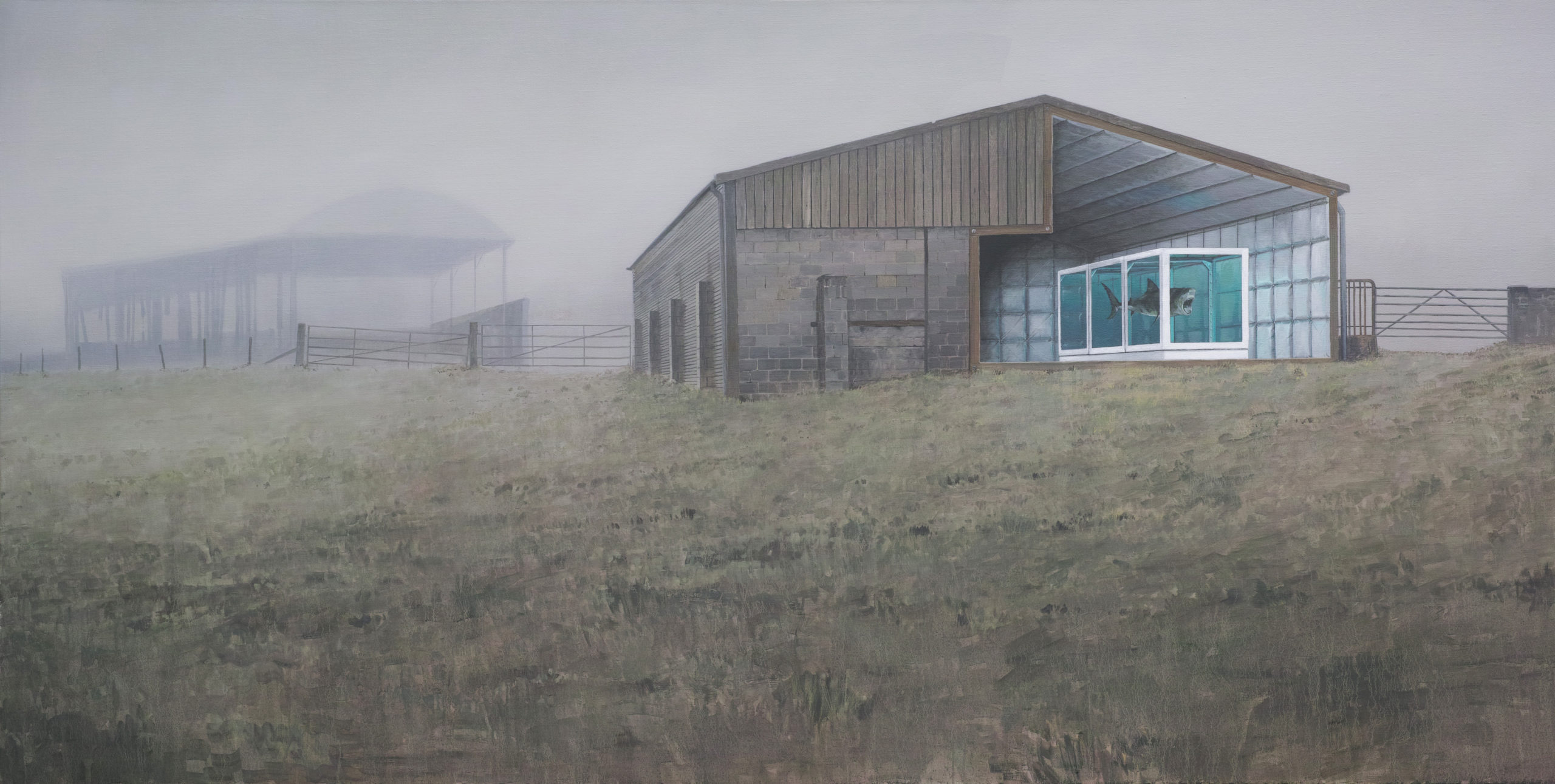
All By My Own Hand, Part 2: Damien Hirst
oil on linen
200x100cm
Exhibition Text James Freeman
On occasions, artists are just like other people: they have their disagreements. Sometimes it’s professional, often it’s not, but it always makes for a good story. And so, with an eye for this element of soap opera in the history of art, artist’s arguments form the central theme of Mackie’s upcoming exhibition: You Were Shit in the 80s.
Mackie paints ethereal landscapes populated only by isolated ageing buildings. But inside these structures, delicately and minutely reproduced, are some of the most iconic works from Modern and contemporary art. Each relates to an artist argument; each is the fruit of friction. One pair of paintings references the long-standing friendship between Lucian Freud and Francis Bacon that deteriorated into a spiteful tit-for-tat. Freud’s 1989 “Standing by the Rags” appears in a crumbling Victorian building in Toxteth; Bacon’s “Second Version of Triptych 1944” occupies an abandoned asylum near Glasgow.
Similarly with the press spat ahead of David Hockney’s 2012 Royal Academy show, when he referred to Damien Hirst’s work as “insulting to skilful craftsmen”. Hockney’s “Portrait of Nick Wilder” hangs in the upper floors of the deserted Pennine Tower at Lancaster Service Station, while Hirst’s shark sits screaming inside a padded room within an isolated country barn.
Each Master holds his own court, but the audience is curiously absent. This, in combination with Mackie’s settings, lends a Gothic curiosity to the work. His decaying architectural behemoths and empty landscapes have an after-the-deluge feel, as if these masterpieces were nostalgic documents of a time when cultural creativity was abundant. Mackie’s trick of revealing them by removing a panel from the face of the building also prompts a host of questions: what kind of collector uses these oversized doll’s houses for their art? Who is the intended audience in this post-creative world? And, perhaps more importantly, quite how far away might we be from this creative Golgotha right now?
“Sparks Fly” by Alison Bracker
‘He has been here, and fired a gun.’ – John Constable on JMW Turner, 1832
One of the art world’s great rivalries came to a head at London’s Royal Academy in 1832. JMW Turner visited the galleries on its annual Varnishing Day, when exhibiting artists put finishing touches to their work. After seeing how the vivid hues of one of John Constable’s paintings overshadowed Turner’s Helvoetsluys hanging adjacent, the latter picked up a brush and, in full view of the gathered artists, placed a daub of red paint in his own work, animating his maritime scene to such an extent that Constable’s painting suddenly paled in comparison. In so doing, he brought the professional antagonism between the two painters into the public sphere, setting the stage for ensuing artists who now air their rivalries via global media.
Turner ‘fired a gun’ in the form of a daub of paint. Contemporary artists have done so through words uttered to the press. In a remarkable series of new paintings, the Scottish artist Mackie revisits both the words and images related to some of the more infamous art world squabbles that have followed in Turner and Constable’s wake, including those between David Hockney and Damien Hirst, and Francis Bacon and Lucian Freud. Indeed, the title of two of the new paintings, as well as that of the exhibition itself – You Were Shit in the ‘80s – derives from Freud’s description of Bacon’s work of that decade as ‘ghastly,’ a sentiment Bacon in turn shared for Freud’s later work.
Mackie’s latest paintings restage the trivial rivalries and immense cultural status of these artists and others, including James Abbott McNeill Whistler, who publicly argued with not one, but three of his contemporaries: John Ruskin, John Everett Millais, and Oscar Wilde. However, they do so in arenas far removed from the pages of the tabloid newspapers, compelling us to look anew at the representation and effect of friction. Mackie relocates a renowned work by each artist – and thus, symbolically, their attendant feuds – to secluded and desolate buildings, continuing the ‘Abandoned Dollhouse’ theme he began in 2013. In You Were Shit in the ‘80s, Part 1 (Lucian Freud), he removes a panel from the back of a dilapidated Victorian building in Toxteth to reveal one of Freud’s largest paintings of a female nude, Standing by the Rags (1988-9), which normally resides in London’s Tate Britain. Surrounded by broken-paned windows and soot-stained bricks, Freud’s nude peers out of the meticulously delineated structure onto a field of overgrown weeds. Yet while a sense of isolation pervades the scene, the museum-like display and illumination of Freud’s painting implies the presence of another: the artist’s rival, the viewer of Mackie’s painting, or both.
In fact, …Part 1’s companion piece, You Were Shit in the ‘80s, Part 2 (Francis Bacon) suggests a dialogue between the two works. In …Part 2, Mackie plucks Francis Bacon’s Second Version of Triptych 1944 (1988) from the Tate collection and re-houses it in a disused asylum for men near Glasgow. The artist, who began drawing at an early age and sketched incessantly throughout his childhood to achieve perfect scale, demonstrates superb draughtsmanship in his depiction of a bleak, uninhabited building with boarded-up windows. A missing panel unveils Bacon’s triptych, each section spot-lit as if formally exhibited. Although the locations represented within You Were Shit in the ‘80s parts 1 and 2 are over 200 miles apart, Mackie suggests congruence between the two paintings through his palette, his rendering of the buildings, and the similarity of the fields they overlook. We may even imagine the two paintings within the paintings facing each other from across the field. Mackie accentuates the conflict inherent in such a scenario by not only highlighting the friction between the two artists, but also the discord between the foreboding structures and the land they inhabit, and between their deteriorated state and the prized artworks they contain.
In contrast, the artworks that animate All by My Own Hand, Part 1 (David Hockney) and All by My Own Hand, Part 2 (Damien Hirst) occupy very different spaces. Moreover, they seem destined never to meet, as if in recognition of the one-sided nature of the spat to which they allude. In 2012, David Hockney advertised his solo exhibition at the Royal Academy with the claim, ‘All the works here were made by the artist himself, personally,’ a dig at Damien HIrst and his extensive use of assistants. Hirst, however, never responded publicly to Hockney’s criticism.
All by My Own Hand, Part 1 recreates Hockney’s Portrait of Nick Wilder (1966) on the upper floor of Lancaster Services’ Grade II-listed Pennine Tower, its image of a sun-drenched Californian swimming pool echoed by the sunlight hitting the side of Mackie’s tower. The area around the service station is deserted, yet the lawn is well manicured, denoting care rather than abandonment. Hirst’s celebrated The Physical Impossibility of Death in the Mind of Someone Living (1991), on the other hand, stands forgotten in an anonymous country barn. Unlike the Bacon and Freud paintings in You Were Shit in the ‘80s, neither of the works in All by My Own Hand receive special lighting or display; neither seems to presume an audience. Nevertheless, Mackie’s imaginative use of architecture, exquisite handling of paint, and re-staging of canonical works of art throughout You Were Shit in the ‘80s entice viewers to look again at the sparks that fire artists at their best and, perhaps, at their worst.
